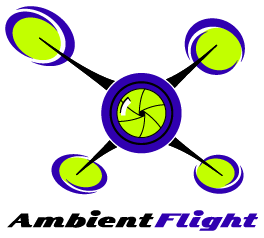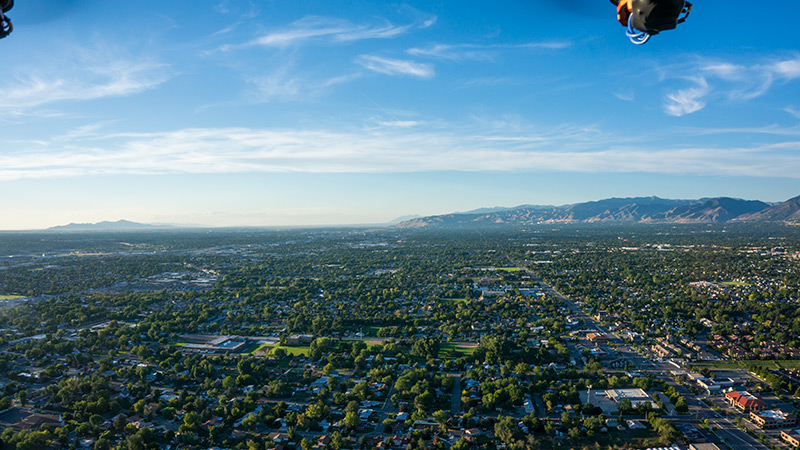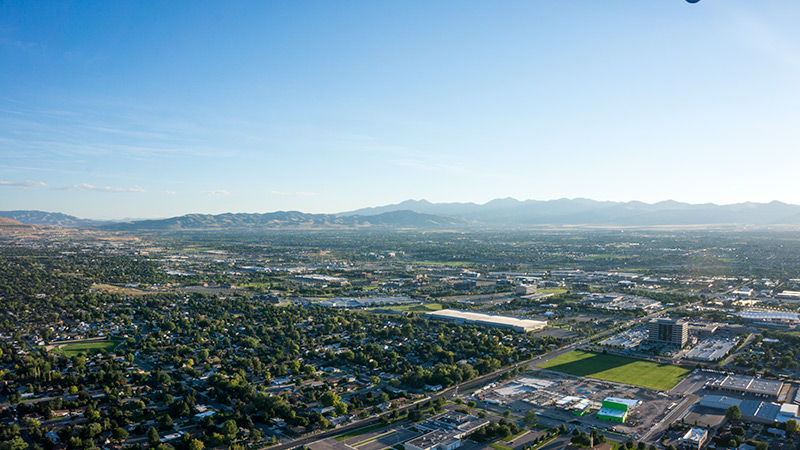

I’ve been very happy with the latest results of my flight tests with regards to the smoothness of the video and the gimbal performance. The only current issue to resolve is that the arms and propellers are sometimes in the video and photos. The less aggressively the flight, the less the issue occurs.
So the current need is to lower the gimbal/camera so that the unwanted items are not in the display. One caveat to that is that the landing gear may become visible. Another possible issue is that the longer the throw between the camera and the body of the bird, the bigger effect it will have with the overall balance as well as vibrations.
The first test today will be this setup (above and below pictures), adding about 1.25 inches of extension.
I’ll check for props/arms/landing gear in the video as well as video clarity. I’ll also check the vibration in the SuperX flight controller logs. Also should note how it flies, as the center of gravity of the copter will be affected.
A report will follow.
I’m ready to post a video now of some low light flight testing. I recalibrated the gimbal in order to fix the issue where it would roll a few degrees one way and make the video look like the original Batman movie from 1967. It would appear that issue is fixed.
The video settings on the camera are all AUTO, except for the focus which is manual/infinity. The results are quite remarkable in low light. The Sony NEX beats the living hell out of a GoPro in low light.
Got in the Flytron Sony NEX shutter control cable a few days ago. So easy to setup. I now can flick a switch on my transmitter to capture a still image, OR I can flick the switch the other way to start video rolling. Here are a couple of captures with default settings, including auto focus, which may not be the best way of doing it.
